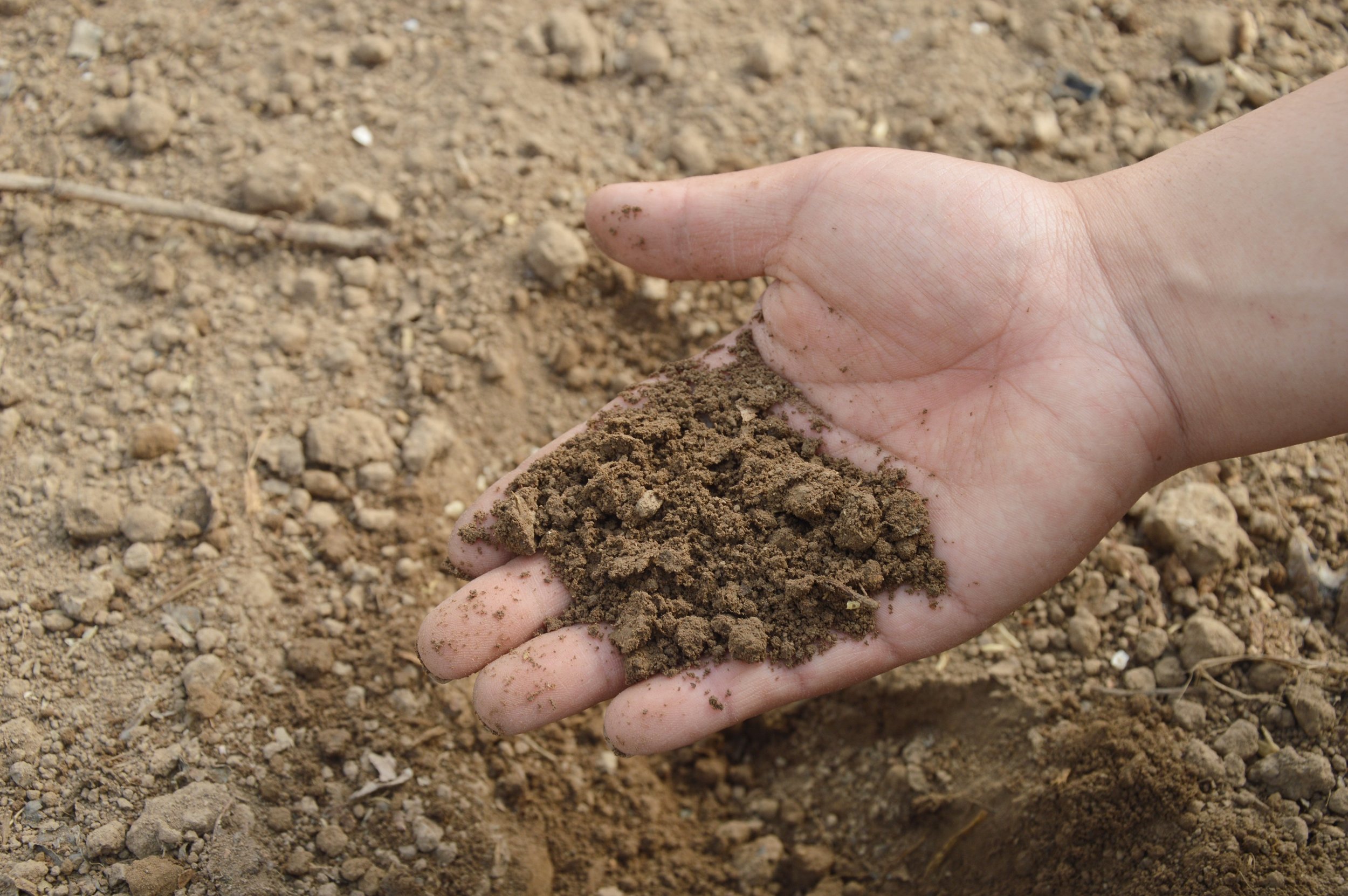Fall Soil Testing - The Key to Your Spring Garden
Image via pxHere - CC0 Public Domain
As the leaves turn and the air cools, gardeners know it's time to wind down the season's growth, but it's also the perfect opportunity to look ahead. Fall isn't just for raking leaves; it's a crucial time for soil testing, which sets the stage for a thriving garden come spring. Here's why and how you should test your soil this autumn.
Why Test Your Soil in the Fall?
Preventive Measures: By analyzing your soil now, you can address any nutrient deficiencies or pH imbalances before they become problematic. This preparation ensures your plants start the growing season with the best possible conditions.
Efficient Use of Time: Winter is a low-demand period for most gardeners. Testing soil in the fall allows you to plan and act during this downtime, applying amendments like lime or sulfur that take time to work into the soil.
Organic Matter Decomposition: Adding organic matter in the fall gives it months to decompose, enriching the soil naturally over winter. Knowing your soil's composition helps in deciding what type of organic material to add.
How to Test Your Soil
DIY Soil Test Kits
You can find DIY soil test kits at garden centers or online. These kits generally measure pH, nitrogen (N), phosphorus (P), and potassium (K) levels. Here’s how to use them:
Collect Samples: Use a clean trowel or soil probe to take samples from several spots in your garden, mixing them in a bucket. This composite sample gives a more accurate representation of your garden's overall soil health.
Follow Kit Instructions: Each kit has different methods, often involving mixing soil with a solution and comparing color changes against a chart.
Interpret Results: Kits will guide you on what the results mean and what amendments might be necessary.
Professional Soil Testing
For a more detailed analysis, consider sending a sample to a soil testing lab or your local agricultural extension service. They can provide insights into micronutrients, soil texture, and organic matter content, offering tailored advice for your specific soil type.
Sample Collection: Similar to DIY, but you might need to follow specific procedures for packaging and labeling.
Analysis: Labs use sophisticated methods to provide a comprehensive report, often including recommendations for amendments.
Amending Your Soil Based on Test Results
Adjusting pH: If your soil is too acidic or alkaline, you'll need to add lime (to raise pH) or sulfur (to lower pH). Fall application allows these to slowly change the pH over winter.
Nutrient Additions: Based on your test, you might need to add specific fertilizers or compost. Remember, organic matter not only adds nutrients but improves soil structure.
Organic Matter: Incorporate compost, leaf mold, or well-rotted manure into your soil. These will break down over winter, enhancing microbial activity and soil fertility.
Testing your garden soil in the fall is an act of foresight that pays dividends in the spring. It's about creating a balanced, fertile environment where plants can thrive. By taking this step, you're not just gardening; you're planning for success. So, grab your trowel, sample that soil, and give your garden the gift of good health for the coming year.
Remember, every garden is unique, and what works for one might not work for another. Soil testing is your guide to personalized care for your garden's soil, ensuring it's in the best shape possible for the next growing season.

